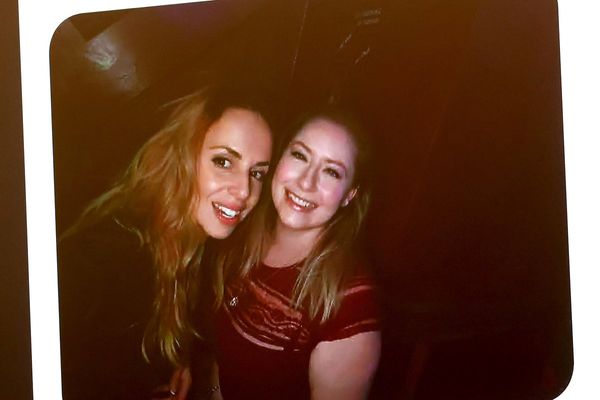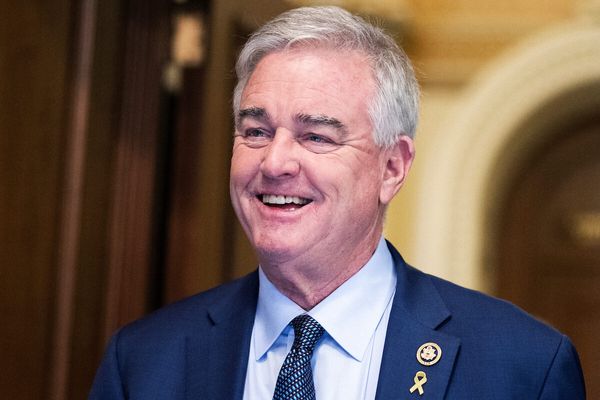
For many upper-middle-class Americans, retirement can bring unexpected financial challenges that slowly erode wealth. Even those who have saved diligently can make costly mistakes that turn a comfortable lifestyle into a precarious one.
Consider This: How Much the Average Middle-Class Retiree Spends Monthly at Age 67
Trending Now: Here's the Minimum Salary Required To Be Considered Upper Class in 2025
From overspending on luxuries to withdrawing too much from retirement accounts, here are four ways upper-middle-class people become poor in retirement.
Living Above Their Means in Retirement
Many upper-middle-class retirees risk becoming poor in retirement by maintaining costly lifestyles from their working years. Without adjusting to a fixed income, these expenses can quickly erode savings.
“Another problem is when retirees don’t create a realistic budget,” said Rafael Rubio, president of Stable Retirement Planners. “Listing essential expenses like housing, utilities, transportation, food and insurance helps determine how much is left for discretionary spending, and should include setting aside money for emergencies.”
Read Next: Extreme Frugality in Retirement: 15 Practical Ways To Cut Costs
Not Cutting Down on Luxury Spending
Upper-middle-class retirees can become poor in retirement when they don’t cut down on luxurious spending.
Maintaining pre-retirement habits, such as frequent travel, premium dining, designer shopping and club memberships, can turn a fixed income into a steady drain, especially when markets dip or inflation rises, leading to increased everyday costs.
“[I] see a lot of people try to maintain their pre-retirement lifestyle without adjusting for the new reality,” said Devin Miller, CEO and co-founder of SecureSave, a company that helps employees build emergency savings through workplace programs. “This includes dining out a little too often, helping out family members financially or just not tracking spending like they used to. This can all add up and when inflation is high or markets are rocky, it can put real pressure on your savings.”
Without boundaries, these discretionary purchases crowd out essentials, shorten the life of savings and increase the chances of tapping investments at the wrong time.
The fix is simple: Build a retirement budget that separates needs from wants, set annual caps for nonessentials, audit memberships and subscriptions, and favor lower-cost alternatives so occasional luxuries don’t become a costly mistake.
Withdrawing Too Much From Retirement Accounts
Taking overly large withdrawals from retirement accounts in retirement can quickly deplete even substantial savings. For upper-middle-class retirees, overspending from 401(k)s, IRAs or other investment accounts without a sustainable withdrawal plan can accelerate the risk of running out of money.
Many retirees underestimate how long they will live or overestimate future investment returns, leading to an unsustainable drawdown rate. Large withdrawals can also push retirees into higher tax brackets, reducing net income and increasing Medicare premiums.
A better approach is to follow a sustainable withdrawal strategy, such as the 4% rule adjusted for inflation, while regularly reviewing spending to adapt to changing market conditions.
Maintaining a cash reserve, tapping taxable accounts first and coordinating withdrawals with Social Security benefits can help stretch savings and protect long-term financial security.
Neglecting Healthcare Planning
Healthcare costs are one of the top financial worries in retirement, and failing to plan for them can quickly turn even upper-middle-class retirees poor. Without a strategy for medical bills, long-term care and out-of-pocket expenses, retirees risk draining their nest egg far faster than expected.
Medicare decisions alone can mean the difference between stability and strain. “People who comparison shop for a Medicare Advantage plan can potentially save over $1,100 a year,” said Whitney Stidom, vice president of enablement at eHealth.
She recommended reviewing plans annually during the fall enrollment period and considering chronic condition-specific options to further lower costs.
Proactive planning for medical coverage and prescriptions helps retirees avoid unnecessary expenses and protect their nest eggs from being eroded by rising healthcare bills.
More From GOBankingRates
- 50 Kirkland Signature Products Costco Shoppers Say Are Worth Every Penny
- Mark Cuban Reveals His Formula for Side Hustle Success
- 5 Cities You Need To Consider If You're Retiring in 2025
- 10 Genius Things Warren Buffett Says To Do With Your Money
This article originally appeared on GOBankingRates.com: 4 Ways Upper-Middle-Class People Become Poor in Retirement







